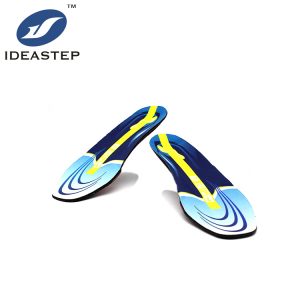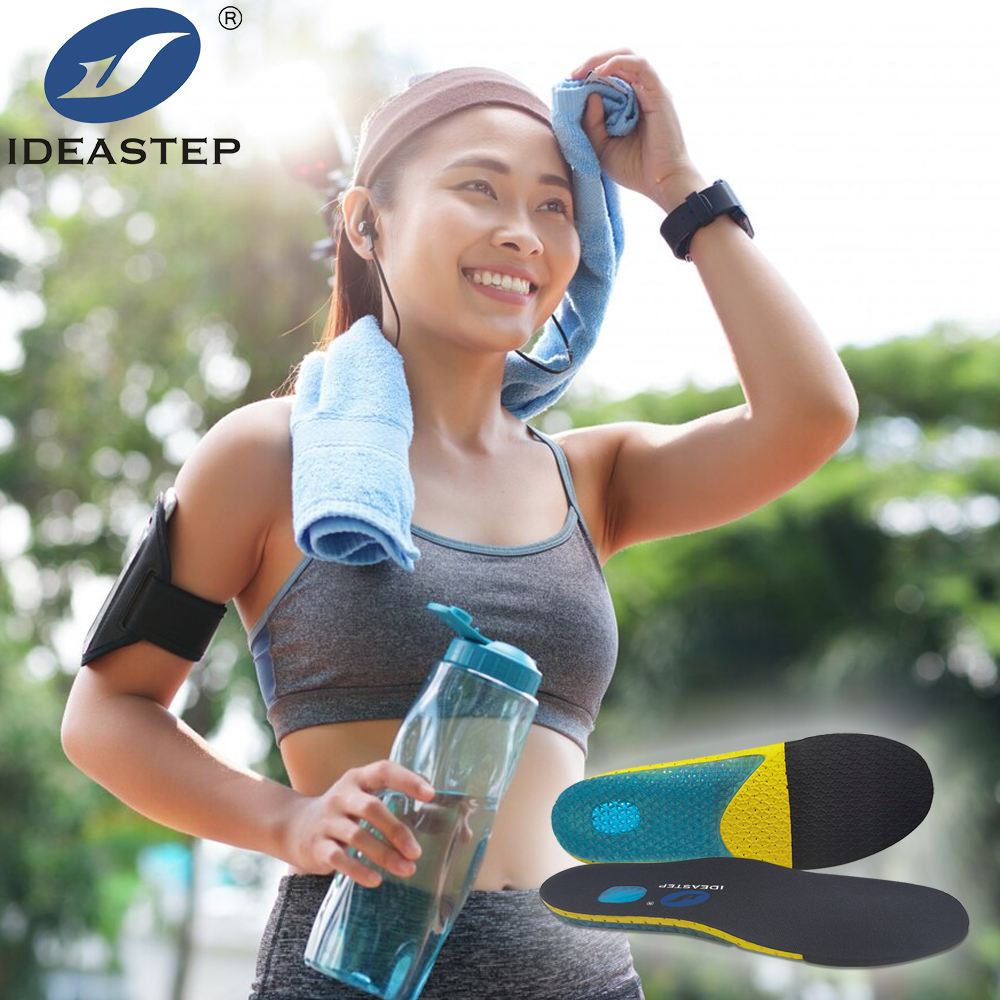OVER-THE-COUNTER (OTC) INSOLES VS. CUSTOM MEDICAL ORTHOTICS
If you experience foot, leg, or back pain, you may have tried over-the-counter (OTC) retail insoles (also known as prefabricated insoles) to relieve it. Perhaps you’ve tried personalized medical orthotics that were prescribed for a certain condition. Both options have advantages and disadvantages, which we will describe.
OTC Insoles are a quick fix.
If you’re in good health, there’s no reason not to use over-the-counter insoles. For some illnesses, studies demonstrate that nonprescription versions can be just as effective as bespoke versions (Berkeley Wellness). In a 2014 study published in Musculoskeletal Care, persons with plantar heel pain who used prefabricated insoles for eight weeks experienced the same reductions in pain and disability as those who wore bespoke orthotics—at a fraction of the expense. OTC insoles can be a tenth of the price of bespoke medical orthotics ($15–50), but there are sometimes compromises in terms of support, stiffness, longevity, and comfort.
There are three types of OTC insoles:
Insoles made of foam. Foam insoles usually provide some measure of comfort when first fitted into shoes. They provide modest arch support due to their lack of stiffness. Foam inserts, on the other hand, disintegrate quickly and have a wearable life of less than two weeks.
Insoles made of gel. Gel inserts often provide more support than foam, but they are not regarded a viable remedy for long-term issues because to their lack of hardness.
Inserts that are rigid. Rigid inserts are often a piece of hard molded plastic that is put behind the heel or arch of the foot. Although they provide support in particular areas and are usually the least expensive OTC alternative, most people are uncomfortable with such rigidity.
Custom Medical Orthotics – The Expensive RX
If you have a major foot, knee, hip, or back condition, you should get medical advice from a doctor, ideally a Podiatrist, Certified Pedorthist, or Orthotist. A physical evaluation and digital foot mapping are required for custom medical orthotics. Custom medical orthotics can bio-mechanically correct / treat the way you personally experience knee, heel, or arch discomfort, as well as some lower back disorders, due to this basic difference (Podiatry Today). They may also be prescribed for specific biomechanical difficulties or health problems.
OVER-THE-COUNTER (OTC) INSOLES vs. CUSTOM MEDICAL ORTHOTICS
Custom medical orthotics have the obvious advantage of being made to treat specific foot issues, but they also have a longer usable life (3-5 years is recommended) (Pain Science). However, because they are more stiff than most OTC insoles, they have a longer usable life. While they may cure or support specific parts of the foot, their rigidity might cause additional discomfort and become an issue if a foot or illness profile changes over time.
When it comes to bespoke medical orthotics, the expense is the main hurdle. They often cost between $400 and $600, which is more than 10 times the price of prefabricated insoles. As a result, most people will opt for a less expensive OTC remedy if it can relieve a foot or lower body extremity issue.
OVER-THE-COUNTER (OTC) INSOLES vs. CUSTOM MEDICAL ORTHOTICS
Adjustable Arch Control Insoles – The Best of Both Worlds
OTC insoles are widely available and fairly priced at retailers and pharmacies around the world. However, due to the nature of the materials and one-size-fits-all mass manufacturing, they don’t always give enough support. Custom medical orthotics, on the other hand, may help when over-the-counter medicines fail, but they can be expensive and overly inflexible, causing discomfort and other problems.
Fortunately, there is a new alternative that offers customized comfort, dynamic support, and longer-lasting durability at prices that are comparable to over-the-counter products.
The best of both worlds is found in IDEASTEP arch control insoles. The revolutionary IDEASTEP PowerLIFT ArchTM (PLA) is the only insole technology that elevates the arch into proper anatomic alignment while also offering therapeutic and comfort benefits (ISHN April 2020). The IDEASTEP PLA may be readily customized to three stiffness levels that fit to each individual’s arch and can be modified for each foot or type of exercise with the flip of a key. In comparison to OTC retail insoles and custom medical orthotics, the chart below clearly highlights the many additional benefits of IDEASTEP.
OVER-THE-COUNTER (OTC) INSOLES vs. CUSTOM MEDICAL ORTHOTICS
Even after walking kilometers, the ultimate benefit of IDEASTEP insoles is felt at the end of the day, when dynamic alignment, arch support, and energy return leave feet feeling comfortable and revitalized. The IDEASTEP PLA gives 52 percent more arch support with each stride in the gait cycle, according to studies, and the PowerCupTM Heel provides 50 percent more ankle stability. SelectFlex insoles give optimal comfort and long-lasting durability at 1/4 the cost of medical orthotics when paired with the cushioning and moisture wicking PowerBedTM, quality engineering and materials.


